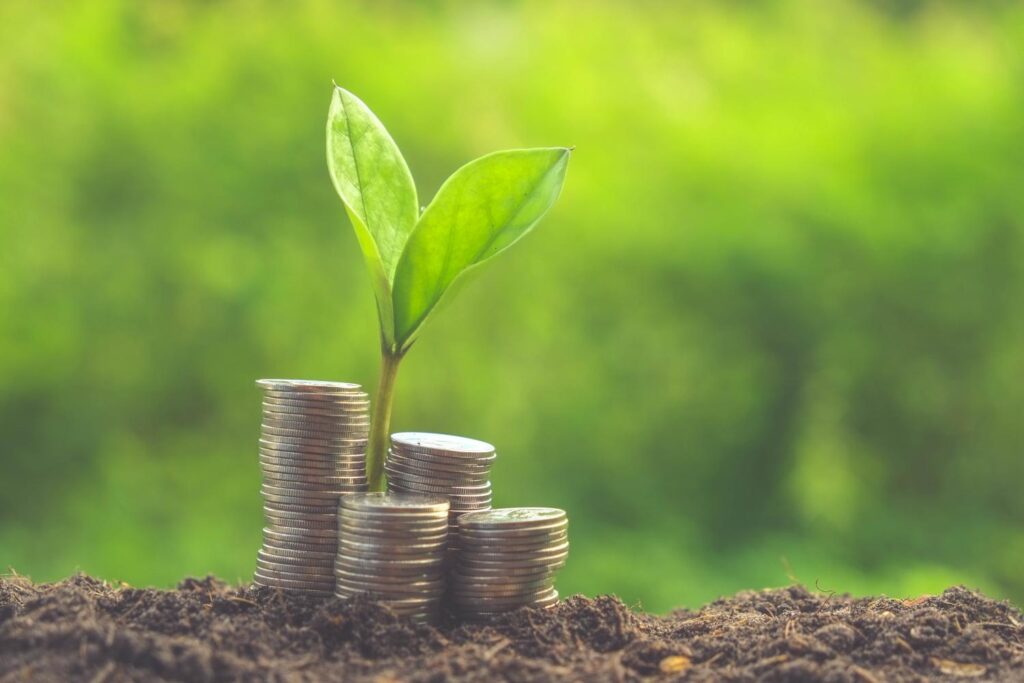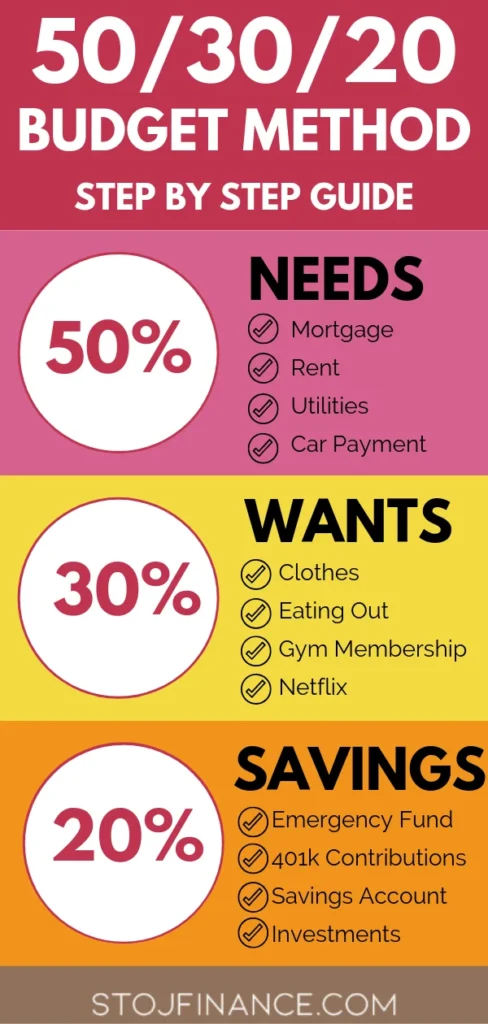In an era where climate change and environmental degradation pose significant threats to our planet, the role of green finance in shaping a sustainable future has never been more critical. Green finance encompasses a range of financial instruments and investments aimed at promoting sustainable development while addressing environmental challenges. By integrating environmental considerations into financial decision-making, green finance not only supports eco-friendly projects but also fosters economic growth and resilience. This article delves into the transformative potential of green finance and its impact on creating a sustainable world.
As we explore the various dimensions of green finance, you will discover how it facilitates investments in renewable energy, sustainable agriculture, and green infrastructure. We will examine the innovative financial mechanisms that are emerging to support these initiatives, such as green bonds and impact investing. Furthermore, you will learn about the role of governments, financial institutions, and corporations in driving the green finance agenda and the collaborative efforts needed to achieve global sustainability goals.
Join us on this enlightening journey as we uncover the strategies and best practices that can harness the power of green finance. By understanding its significance, you will be better equipped to contribute to a sustainable future. Stay with us to learn how you can be part of this vital movement and make a positive impact on our planet.
Green finance is increasingly recognized as a crucial component in the transition towards a sustainable future. It encompasses a range of financial instruments and investments aimed at supporting environmentally friendly projects and initiatives. This article explores various aspects of green finance and its significance in promoting sustainability.
Understanding Green Finance
Green finance refers to financial activities that promote the development of projects with positive environmental impacts. This includes investments in renewable energy, sustainable agriculture, and energy efficiency. The concept has gained traction as the world grapples with climate change and environmental degradation, necessitating a shift in how financial resources are allocated.
By integrating environmental considerations into financial decision-making, green finance aims to mitigate risks associated with climate change while fostering economic growth. This approach not only benefits the planet but also opens up new opportunities for investors seeking sustainable returns.
The Importance of Sustainable Investment
Sustainable investment is a key pillar of green finance, focusing on allocating capital to projects that generate social and environmental benefits. Investors are increasingly aware of the long-term risks posed by climate change, leading to a growing demand for sustainable investment options. This shift is evident in the rise of green bonds and ESG (Environmental, Social, and Governance) funds.
By prioritizing sustainable investments, financial institutions can drive capital towards initiatives that address pressing global challenges, such as renewable energy development and pollution reduction. This not only enhances the resilience of economies but also contributes to achieving the United Nations Sustainable Development Goals (SDGs).
Green Bonds: Financing Sustainable Projects
Green bonds are a popular financial instrument used to raise funds for environmentally friendly projects. These bonds are specifically earmarked for projects that have positive environmental impacts, such as renewable energy, energy efficiency, and sustainable water management. The market for green bonds has expanded rapidly, attracting a diverse range of investors.
Issuing green bonds allows organizations to tap into a growing pool of capital while demonstrating their commitment to sustainability. The transparency and accountability associated with green bonds also enhance investor confidence, making them an attractive option for those looking to support sustainable initiatives.
The Role of Governments in Promoting Green Finance
Governments play a pivotal role in fostering green finance through policy frameworks and incentives. By implementing regulations that encourage sustainable practices, such as tax breaks for green investments or stricter emissions standards, governments can create an enabling environment for green finance to thrive.
Additionally, public funding and support for research and development in green technologies can stimulate private sector investment. Collaborative efforts between governments, financial institutions, and businesses are essential to scaling up green finance and achieving sustainability goals.
Challenges Facing Green Finance
Despite its potential, green finance faces several challenges that hinder its growth. One major obstacle is the lack of standardized definitions and metrics for assessing the environmental impact of investments. This can lead to greenwashing, where companies falsely claim to be environmentally friendly to attract investment.
Furthermore, the availability of reliable data on the performance of green projects is often limited, making it difficult for investors to make informed decisions. Addressing these challenges requires collaboration among stakeholders to establish clear guidelines and improve transparency in the green finance sector.
The Impact of Green Finance on Economic Growth
Green finance has the potential to drive economic growth by creating jobs and fostering innovation in sustainable technologies. Investments in renewable energy and energy efficiency not only reduce carbon emissions but also stimulate local economies through job creation in emerging sectors.
Moreover, as businesses adopt sustainable practices, they can enhance their competitiveness and resilience in the face of climate-related risks. This shift towards a green economy can lead to a more sustainable and inclusive economic landscape, benefiting both people and the planet.
The Future of Green Finance
The future of green finance looks promising, with increasing awareness of climate change and its impacts driving demand for sustainable investment options. As more investors prioritize environmental considerations, financial institutions are likely to innovate and develop new green financial products.
Technological advancements, such as blockchain and artificial intelligence, can also enhance the efficiency and transparency of green finance, making it easier to track the impact of investments. The continued evolution of green finance will be crucial in addressing global sustainability challenges and achieving a low-carbon future.
Conclusion: The Path Forward
In conclusion, green finance plays a vital role in shaping a sustainable future by directing capital towards environmentally friendly projects and initiatives. While challenges remain, the growing recognition of the importance of sustainability in finance presents an opportunity for transformative change.
By fostering collaboration among governments, financial institutions, and businesses, we can create a robust green finance ecosystem that supports sustainable development and addresses the pressing challenges of our time. The path forward requires commitment, innovation, and a shared vision for a sustainable future.
| Aspect | Description |
|---|---|
| Definition | Green finance refers to financial investments flowing into sustainable development projects and initiatives that encourage the development of a sustainable economy. |
| Importance | It plays a crucial role in addressing climate change, promoting renewable energy, and supporting sustainable agriculture and conservation efforts. |
| Investment Areas | Green finance typically focuses on renewable energy, energy efficiency, sustainable agriculture, waste management, and biodiversity conservation. |
| Instruments | Common instruments include green bonds, green loans, and sustainability-linked loans, which are designed to fund projects with positive environmental impacts. |
| Challenges | Challenges include the lack of standardization in green finance definitions, the need for transparency, and the potential for greenwashing. |
| Global Initiatives | International frameworks like the Paris Agreement and the United Nations Sustainable Development Goals (SDGs) promote green finance as a means to achieve sustainability targets. |
| Future Outlook | As awareness of climate change grows, green finance is expected to expand, driving innovation and investment in sustainable technologies and practices. |




